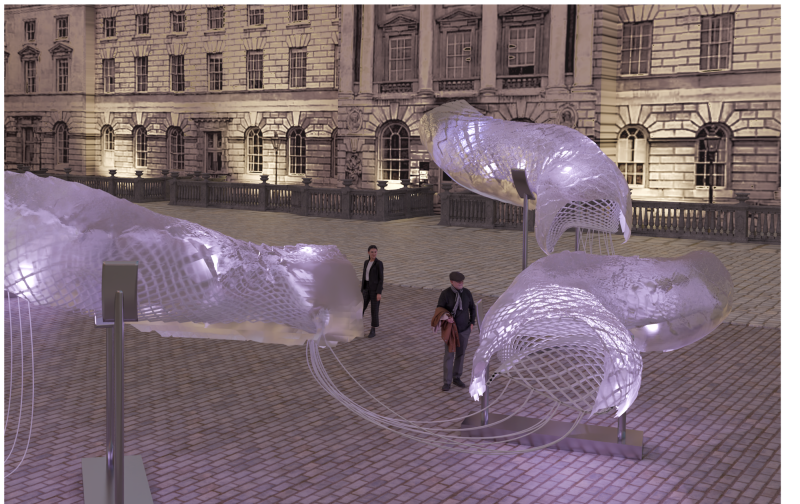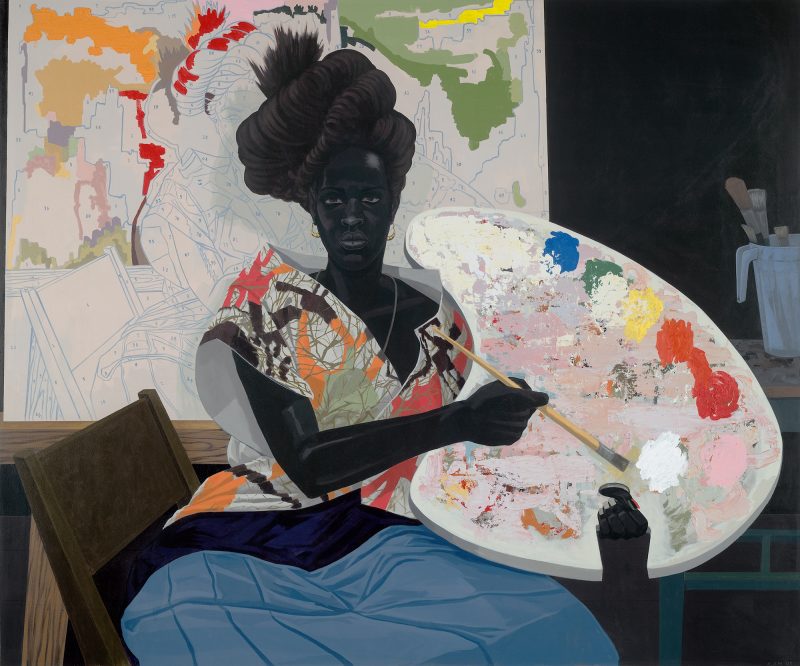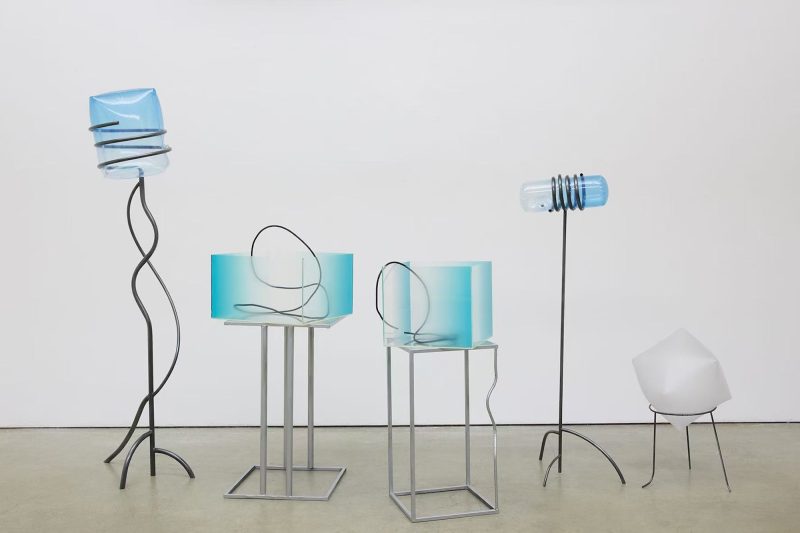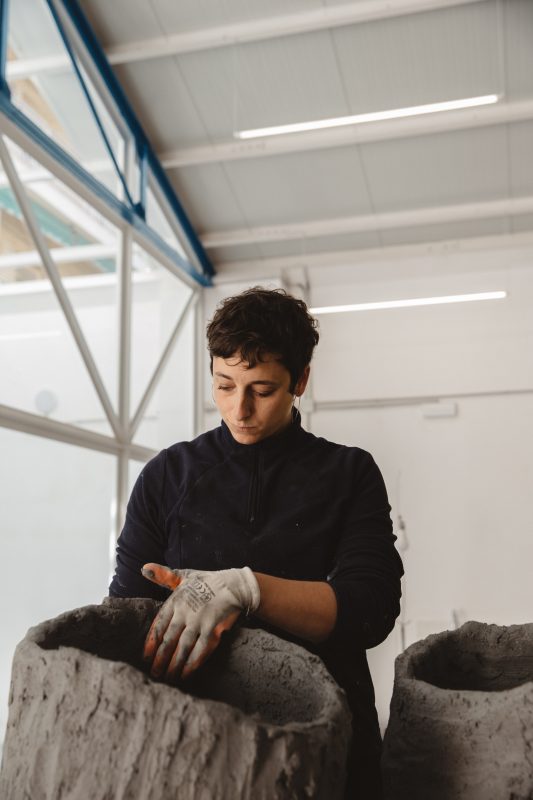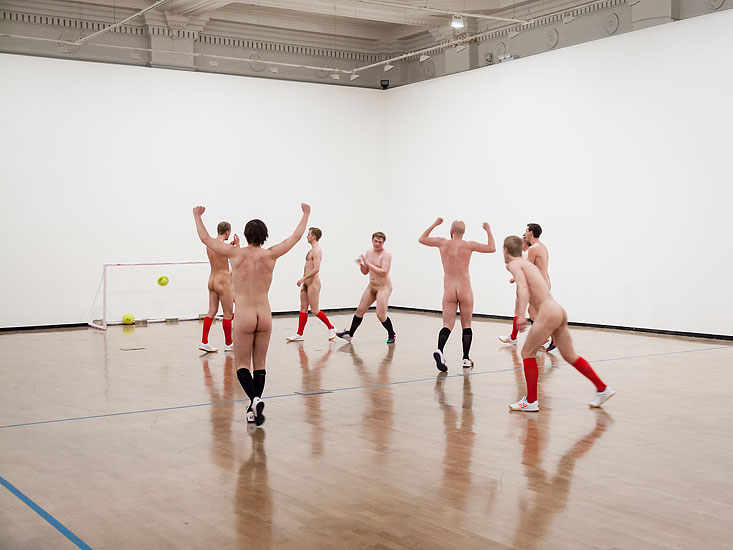
It’s going to be a bumper year for Old Masters and modern greats, starting with Rubens And His Legacy (Royal Academy, W1, 24 Jan to 10 Apr). The Flemish legend painted warring lions, landscapes and religious scenes, but what made his name a byword for voluptuousness is, of course, his depiction of luxurious female flesh. Striking rather a different note is Goya: The Witches And Old Women Album (Courtauld Gallery, WC2, 26 Feb to 25 May). These nightmarish crones offer a piquant introduction to Goya’s unflinchingly twisted vision in advance of a major show of his portraits later in the year (National Gallery, WC2, 7 Oct to 10 Jan).
Summer’s blockbuster run includes Barbara Hepworth’s totemic bronzes, smooth swooshing stone, and woodcarvings punctured by her distinctive holes (Tate Britain, SW1, 24 Jun to 25 Oct). While Hepworth was a linchpin of modernist British sculpture, the self-taught American surrealist Joseph Cornell (Royal Academy, W1, 4 Jul to 27 Sep) went his own way, fashioning his engrossing “shadow boxes” in a New York basement. Filled with treasures from antiquarian bookstores and junk shops, and referencing the stars, birds, literature and more, they laid the ground for assemblage sculpture.
Autumn’s chief talking point will surely be the first big British survey for the Chinese superstar artist and activist Ai Weiwei. His never less than spectacular works cut straight to the chase, addressing human rights abuses – including his own – and Chinese history’s contradictions (Royal Academy, W1, 19 Sep to 13 Dec). Meanwhile, the Barbican probes LA-based designers Charles And Ray Eames (EC2, 21 Oct to 14 Feb) and their efforts to rethink the American way of life. Their classic moulded plywood chairs and designs for light-filled geometric homes offset collaborations with diverse 20th-century greats, including film-maker Billy Wilder. Around the same time, the Barbican’s Curve gallery will profile rising British art star Eddie Peake, known for libidinous performances and acid spray-paintings channelling urban club culture and sexuality.
An Alexander Calder retrospective (Tate Modern, SE1, 11 Nov to 3 Apr) should to bring the year to an ebullient close. This light-hearted modernist maverick replaced static sculpture with dancing, kinetic mobiles suggesting birds in flight or quivering leaves, changing the rules for what his medium could be.
guardian.co.uk © Guardian News & Media Limited 2010
Published via the Guardian News Feed plugin for WordPress.
